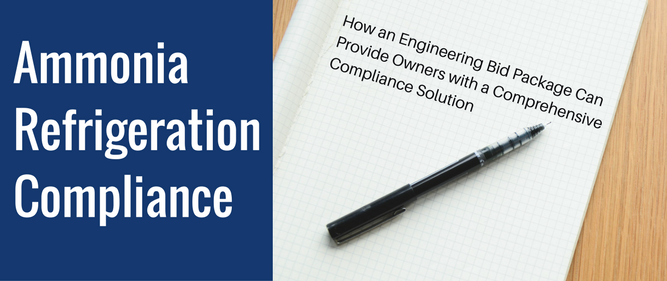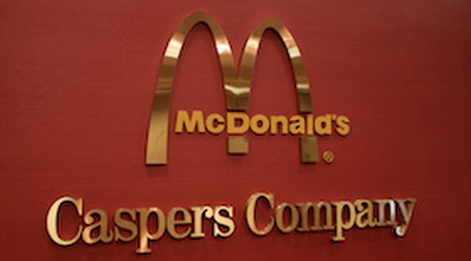Ammonia Refrigeration: Is Your Machine Room Ventilation Up to Code?
When it comes to ammonia refrigeration machine rooms, ventilation updates can often be overlooked.
Current and new mechanical codes — International Mechanical Code (IMC) and Uniform Mechanical Code (UMC) — defer to IIAR 2 (and sometimes ASHRAE 15) as the referenced code for ammonia refrigeration systems, including the machine room ventilation.
Just because your ammonia system was designed to code years ago it may not necessarily be code compliant today.
If you have updated your refrigeration system recently, did you update your machine room’s ventilation as well?
Continue Reading “Ammonia Refrigeration: Is Your Machine Room Ventilation Up to Code?”



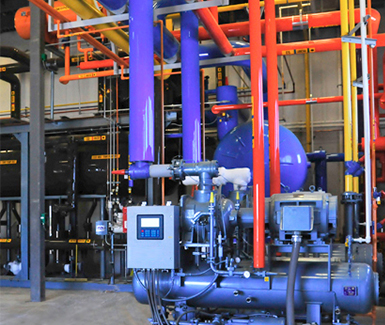
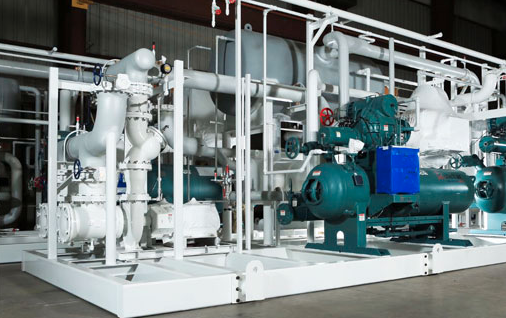

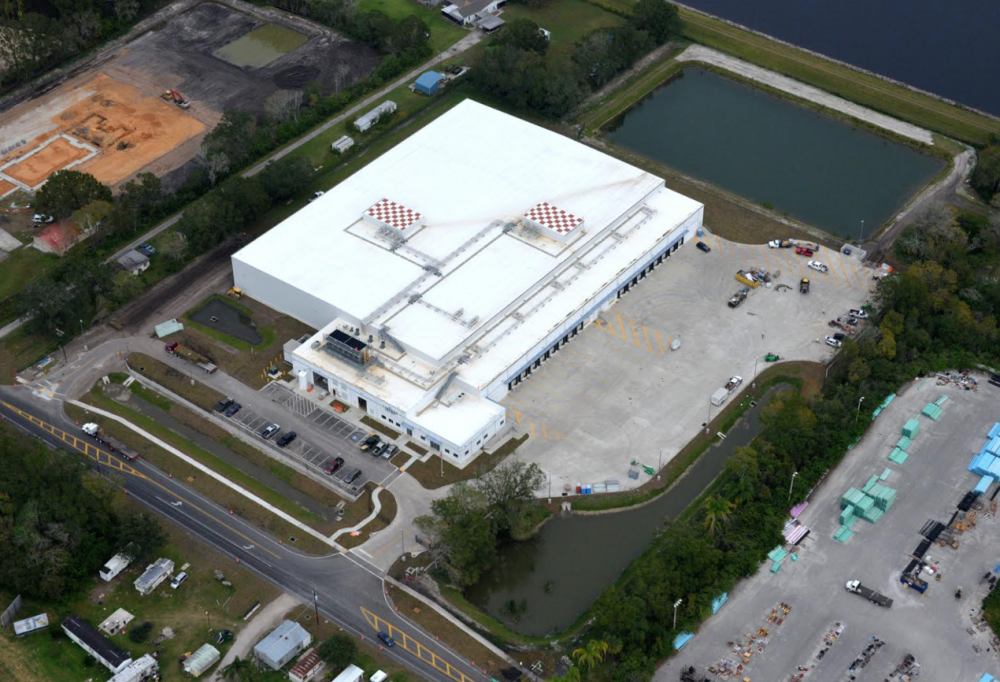
![Installing Packaged Refrigeration vs. Traditional Systems [Infographic]](https://stellarfoodforthought.net/wp-content/uploads/2018/08/083018_Feature-image.png)

![[Infographic] Installing Packaged Refrigeration vs. Traditional Systems](https://stellarfoodforthought.net/wp-content/uploads/2018/02/Packaged-refrigeration.png)
